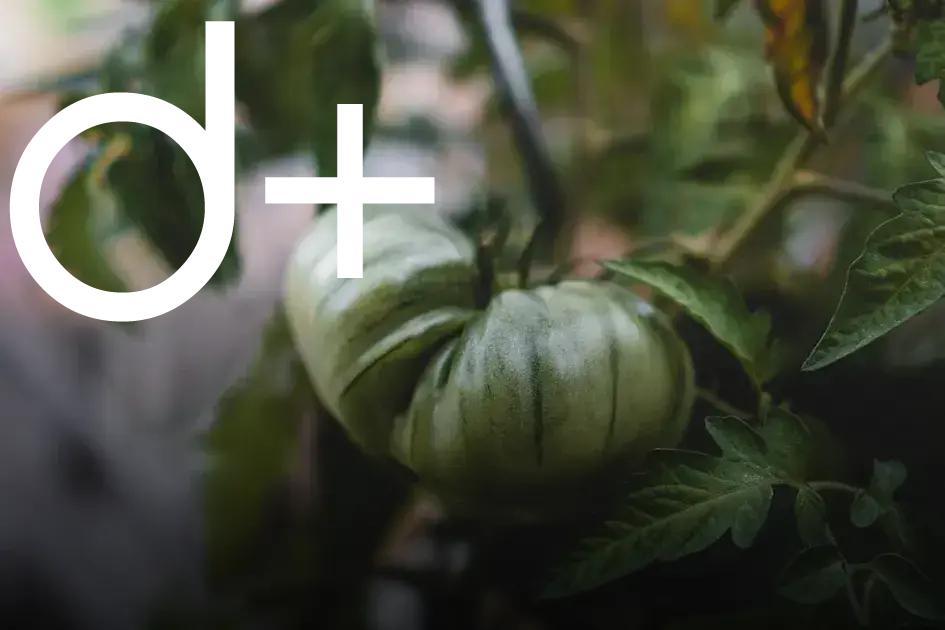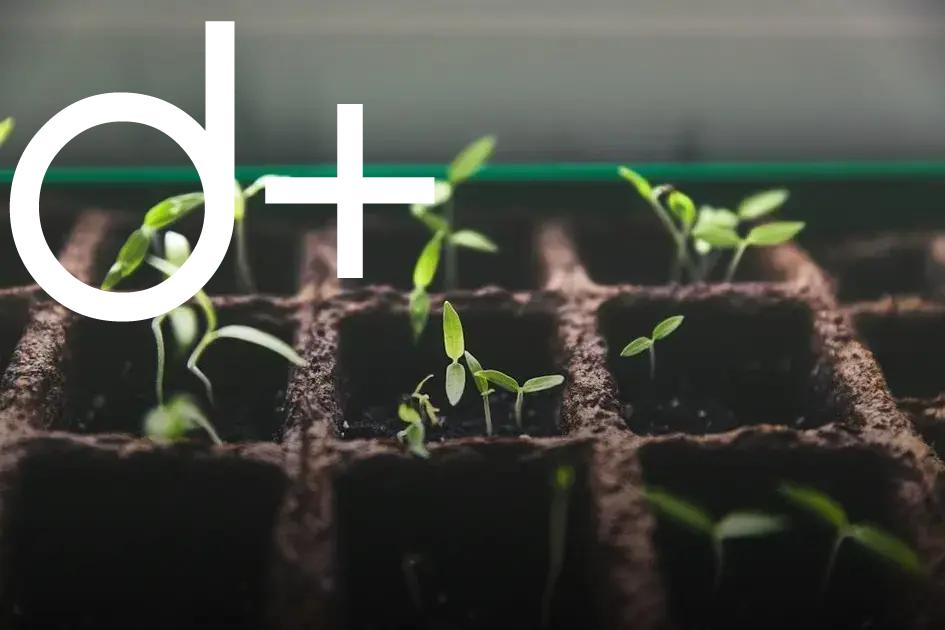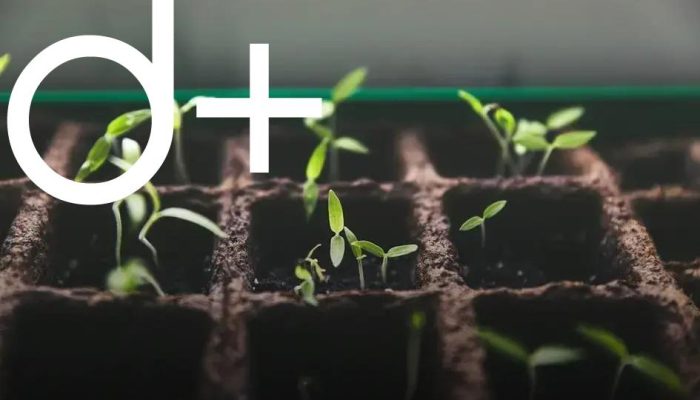Discover how DIY Hanging Gardens can revolutionize small spaces, offering a fresh way to add greenery indoors. By following our guide, you will learn how to transform unused vertical spaces into beautiful, lush displays. With the right materials and a range of suitable plant choices, even the most compact areas can benefit from this innovative approach.
1. Benefits of Hanging Gardens
Hanging gardens offer a variety of benefits for your home and environment. Primarily, they save space by utilizing vertical areas instead of horizontal ones, making them ideal for small living spaces. In urban settings where ground space is limited, these gardens allow you to enjoy greenery without needing a yard.
Apart from the spatial advantages, hanging gardens also contribute to improving air quality. Plants naturally filter pollutants from the air, providing cleaner oxygen for you and your family. This is especially beneficial in city environments where pollution levels are typically higher.
Moreover, hanging gardens enhance aesthetic appeal by adding a vibrant touch of nature to any indoor or outdoor area. They can transform dull walls into living art, infusing life into otherwise plain spaces. Additionally, they can serve as a natural cooling system during the summer months, as the plants absorb heat and provide shade, reducing indoor temperatures naturally.
By engaging in the DIY process of creating hanging gardens, you can also reduce stress and gain a sense of accomplishment. Gardening activities are known to be therapeutic, promoting relaxation and mindfulness. Thus, hanging gardens not only beautify your space but also contribute positively to your mental well-being.
2. Materials You Will Need

Creating a DIY hanging garden requires gathering essential materials to ensure your plants thrive while maximizing your space. Here’s what you’ll need:
- Containers or Baskets: Choose containers that are lightweight yet sturdy. Baskets with built-in hangers or pots with drainage holes are ideal for preventing water accumulation.
- Hooks or Brackets: Securely mount hooks or brackets to your wall or ceiling for hanging. This ensures your garden remains safe and stable.
- Potting Soil: Use a high-quality potting mix that retains moisture while providing essential nutrients to the plants.
- Plants: Select plants suitable for hanging gardens. Options might include trailing ivy, ferns, succulents, or colorful flowering varieties.
- Watering Can or Spray Bottle: These are useful for providing your plants with adequate water, especially hard-to-reach spots.
- Gardening Gloves: Protect your hands while planting and handling the soil.
- Fertilizer: An all-purpose fertilizer suitable for the chosen plant types will promote healthy growth.
Ensuring you have all these materials ready will make your DIY hanging garden project smooth and enjoyable.
3. Step-by-Step Guide to Creating Hanging Gardens
- Gather Your Materials: Refer to the earlier section on required materials and make sure you have everything at hand. This includes containers, soil, plants, and hanging implements.
- Choose the Right Location: Select a spot that receives the appropriate amount of sunlight for your chosen plants. Proper placement is crucial for their growth and health.
- Prepare the Containers: Ensure your containers have proper drainage to prevent water accumulation. Drill holes if necessary and place a layer of small stones or pebbles at the bottom.
- Mix and Add Soil: Use a suitable potting mix. Consider mixing soil with organic compost to enrich it. Fill the container with soil, leaving some space at the top for planting.
- Plant Selection and Arrangement: Pick plants that are well-suited for hanging gardens, keeping in mind their size and light requirements. Arrange them aesthetically; taller ones can go in the center or towards the back.
- Planting: Carefully remove plants from their nursery pots and gently loosen the roots. Dig small holes in the soil and plant them securely. Water immediately after planting to settle the soil.
- Install Hanging Mechanism: Now, securely attach hooks or other suitable hanging devices. Ensure they are strong enough to hold the weight of the planted containers.
- Hang and Adjust: Hang your garden in the chosen location and make adjustments if necessary to balance and straighten the containers.
- Watering and Final Adjustments: After hanging, water your plants thoroughly. Make any necessary adjustments to ensure even distribution and proper orientation.
4. Best Plants for Hanging Gardens

Choosing the right plants is crucial for the success of your DIY hanging gardens. Certain plants thrive better in these settings due to their lightweight nature and adaptability. Below you’ll find some excellent plant choices to consider.
1. Spider Plant
The spider plant is well-loved for its resilience and air-purifying qualities. With its striking arching leaves, spider plants thrive in indirect sunlight conditions and don’t require frequent watering, making them ideal for hanging gardens.
2. Pothos
Pothos is an easy-to-grow vine that adapts well to a variety of environments. Its lush foliage brings vibrant greenery to any space, and it can grow well even in low-light conditions. Pothos requires minimal care, which is perfect for those who want low-maintenance options.
3. Boston Fern
A classic choice for hanging baskets, the Boston fern adds a touch of elegance with its feathery fronds. These plants prefer high humidity and indirect light, making them great for indoor gardens. Regular misting helps maintain their lush appearance.
4. English Ivy
Known for its fast-growing nature and trailing vines, English ivy is excellent for adding greenery to vertical spaces. It does well in shady spots and requires moderate watering. Consider pruning back occasionally to maintain its shape and encourage healthy growth.
5. String of Pearls
For a unique, eye-catching option, the String of Pearls provides striking bead-like foliage cascading down. This succulent requires bright light and minimal watering, making it both stunning and easy to care for.
Choosing plants that suit both your aesthetic preferences and environmental conditions will ensure that your hanging garden not only looks beautiful but thrives with minimal hassle.
5. Maintenance Tips for Your Hanging Garden
Maintaining your hanging garden is crucial to ensure your plants flourish and continue adding beauty to your space. Here are some key tips to keep your hanging garden healthy:
- Water Consistently: Hanging gardens may dry out more quickly than ground plants due to exposure. Check soil moisture regularly and water your plants when the top inch feels dry.
- Choose the Right Fertilizer: Use a balanced liquid fertilizer every few weeks. Follow the recommended dosage on the label to avoid over-fertilization, which can damage plant roots.
- Prune Regularly: Keep your plants neat and encourage growth by removing dead or yellowing leaves. This also prevents pests and diseases from spreading.
- Inspect for Pests: Check your plants regularly for common pests like aphids or spider mites. If you spot any, rinse them off or use an organic pesticide as needed.
- Rotate to Ensure Even Sunlight: If your garden is indoors or in a spot with limited light angles, rotate your plants occasionally to ensure all sides receive adequate sunlight.
- Adapt to Seasonal Changes: Adjust watering and care routines as seasons change. For example, cut back on watering in cooler months when evaporation is slower.
By following these tips, you can enjoy a thriving hanging garden year-round, adding to the charm and greenery of your DIY project.







![BANNER 1 - HOME [QUADRADO]](https://dailyfindinvestment.com/wp-content/uploads/2025/01/BANNER-300-X-300.gif)
